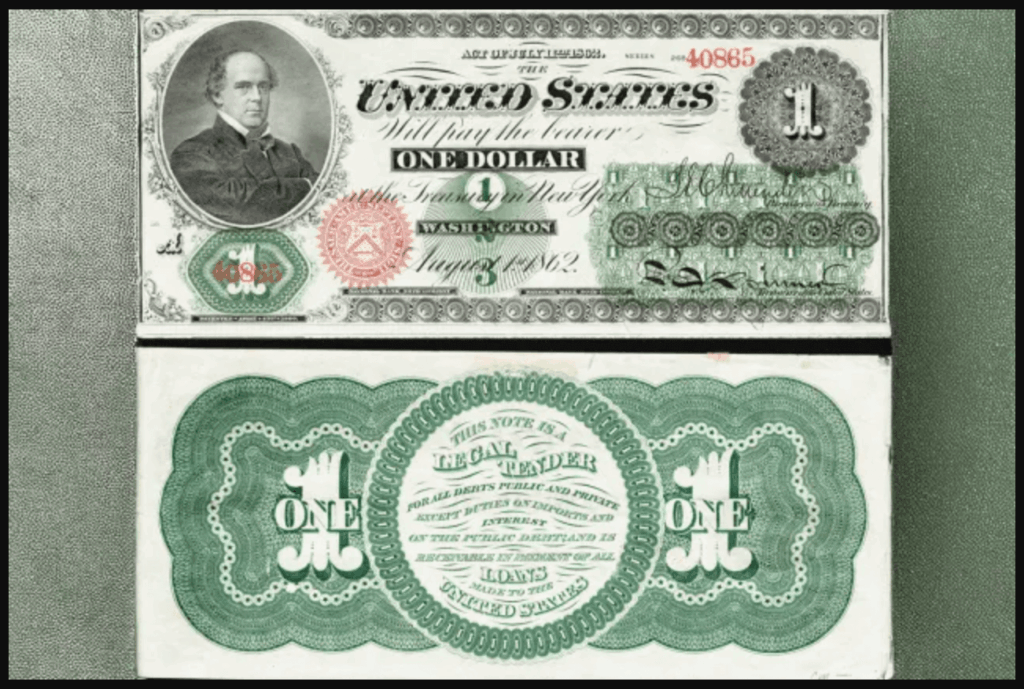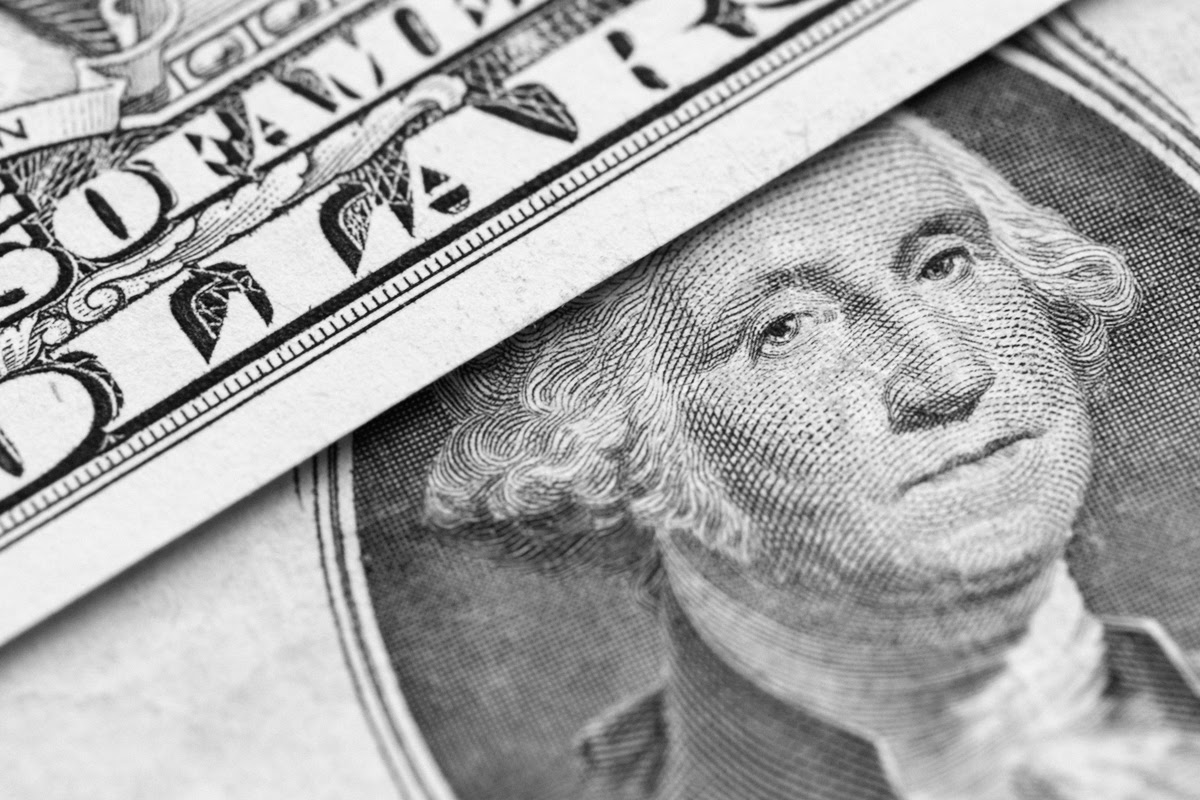As the United States entered the turbulent era of the Civil War, the government set aside long-standing concerns about non-metallic currency and began issuing a series of paper banknotes in 1861. These “Demand Notes” were printed in denominations of $5, $10, and $20 — but not the lone dollar.
The $1 bill finally arrived the following year with the next generation of paper currency, known as United States Notes (or Legal Tender Notes), and the bill has since made up for its delayed arrival by becoming the most common denomination in circulation today.
Of course, that 1862 $1 note — or any dollar bill printed before the mid-20th century — would likely draw a double take from modern eyes, as paper currency has undergone numerous aesthetic changes since the days of the Civil War. Here’s a look at some of the notable designs to grace the sides of the humble dollar over the years.

Read the full article on HistoryFacts:
https://historyfacts.com/us-history/article/what-the-1-bill-used-to-look-like/?lctg=3cd68388-06b2-4cf2-9a98-81789ff4cffa
